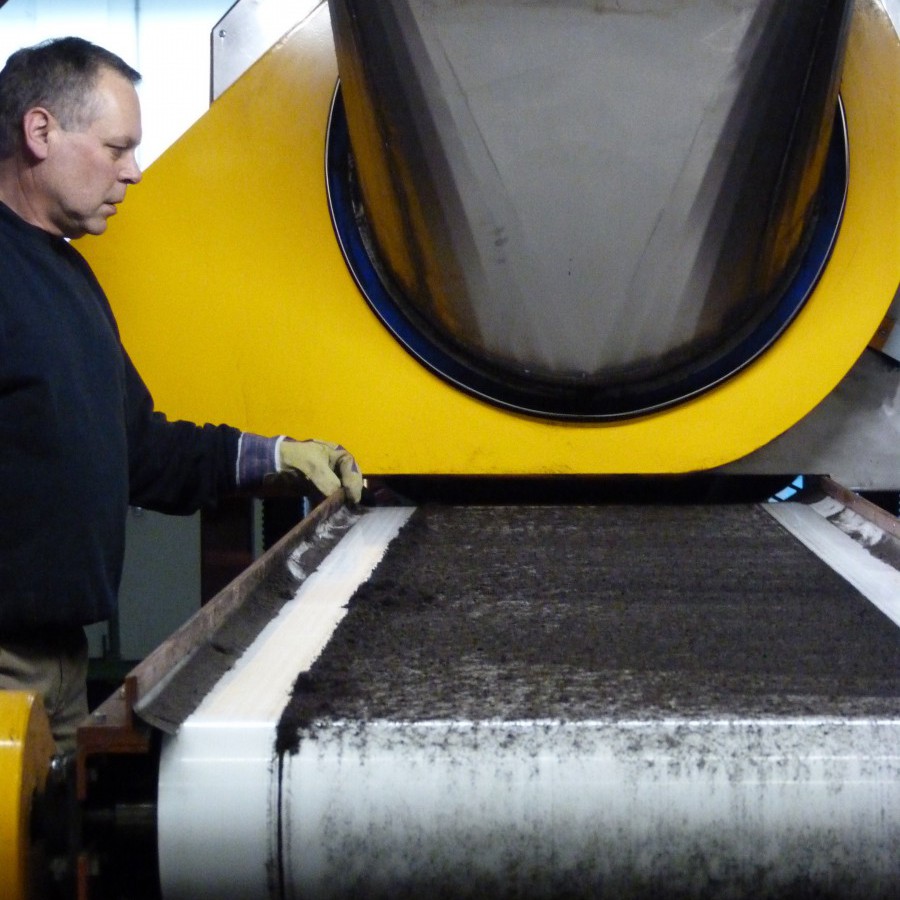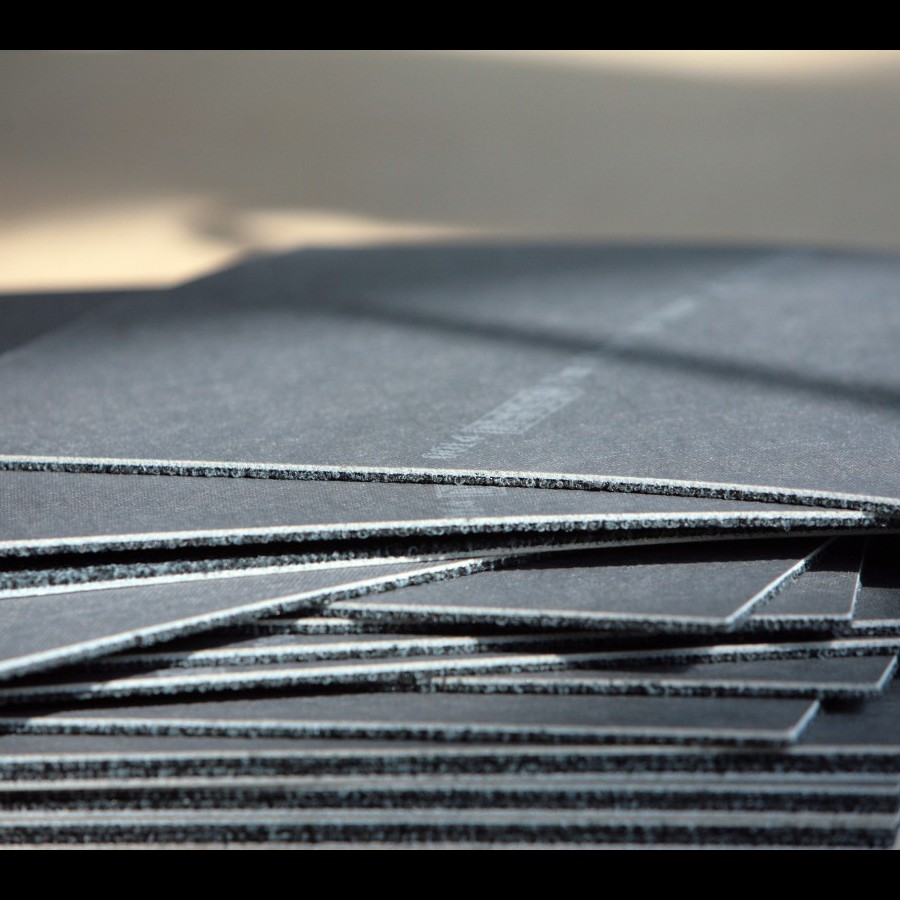Closed Loop Carpets
Take-back and recycling programme for used carpets
As a Cradle to Cradle company, Desso is committed to the goal of developing carpets that can be returned and recycled in a pollution-free, closed cycle – the basis for a regenerative recycling economy. Based on a rigorous C2C assessment process, Desso aims to implement its vision of developing environmentally friendly products that contribute to health and well-being – in terms of materials in use and materials that are recycled.

The current “take, make and waste” model is not sustainable. Currently, around 1.6 million tons of used (post consumer) carpet material are disposed of annually in Europe, with approximately 60% going to landfills and the rest mostly to incinerators. A large part of this waste, especially nylon, is not biodegradable. According to the Cradle to Cradle principles, it should be technically recycled and not landfilled.
The Desso project “ClosedLoopCarpet” (carpet in a closed loop) focuses on the development of the most effective processes for the separation of materials for recycling carpet waste in a closed loop into polymers and new products. Tarkett applies the Cradle to Cradle principles since 2011. For Desso, this process started in 2008 and Desso has been part of Tarkett since 2015, so the changeover is now being continued together.
In 2009 DESSO introduced a take-back and recycling programme for used carpet in six EU Member States. Since then, the amount of material taken back has increased steadily. However, there are several technical challenges, particularly for large volumes during the separation of waste into recyclable components, if the Cradle to Cradle standards for non-toxicity are to be met.
Desso’s LIFE project aims to demonstrate the technical and economic feasibility of a separation plant based on innovative crushing and cryogenic separation technology. It enables Desso to separate used carpets into their original individual primary raw materials, which can be used either for the production of new carpets or for the production of new polymeric materials. This process is called depolymerization. In the course of the project, the purity of the end material is to be increased from 85% to at least 97%. This will create a basis for a toxic-free recycling economy.
The goals of the project include
1. the development of a Cradle to Cradle production process for carpets;
2. the provision of recovered material for re-use in high value applications. This requires a sophisticated separation and treatment plant that ensures that the recovered material, including polyamides (one of the main raw materials used in carpet manufacturing), can be reused; and
3. the recycling of each reusable material as far as possible into high-quality, new materials.



